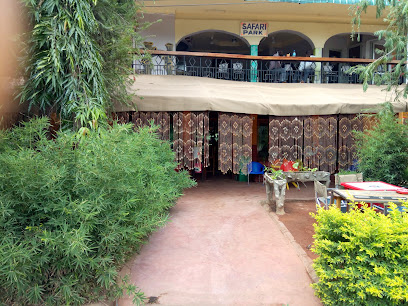
Explore the Majestic Ngorongoro Conservation Area
Discover the breathtaking landscapes and rich wildlife of Ngorongoro Conservation Area, a UNESCO World Heritage Site in Tanzania.
Nestled in Tanzania, the Ngorongoro Conservation Area is a UNESCO World Heritage Site, renowned for its breathtaking landscapes and diverse wildlife. Tourists are welcomed to a unique blend of natural beauty and rich cultural heritage, making it a must-visit destination for nature lovers and adventure seekers alike.
A brief summary to Ngorongoro Conservation Area
Local tips
- Visit early in the morning for the best wildlife sightings and cooler temperatures.
- Consider hiring a local guide to enhance your understanding of the wildlife and culture.
- Bring binoculars for birdwatching and spotting animals at a distance.
- Pack sufficient water and snacks, as facilities are limited in the conservation area.
- Respect the wildlife; maintain a safe distance and follow park guidelines for a safe experience.
Getting There
-
Car
From Ruaha National Park, take the A104 road heading north. Continue on this road for approximately 340 km until you reach the town of Iringa. From Iringa, take the B144 road west towards Njombe. After about 150 km, you will reach the town of Makambako. From Makambako, continue on the B144 road for another 80 km until you reach the junction with the B144A road. Turn left onto B144A and continue for approximately 120 km until you reach the Ngorongoro Conservation Area entrance gate.
-
Public Transportation
From Ruaha National Park, take a local bus or minibus heading towards Iringa. Once in Iringa, transfer to a bus heading towards Njombe. From Njombe, take another bus towards Makambako. In Makambako, find transportation to take you to the junction with the B144A road. From there, you may need to hire a taxi or find a local driver to take you the rest of the way to the Ngorongoro Conservation Area entrance gate.
Discover more about Ngorongoro Conservation Area
Iconic landmarks you can’t miss
Entamanu Ngorongoro Camp
15.6 km
Experience the perfect blend of adventure and luxury at Entamanu Ngorongoro Camp, your gateway to the breathtaking Ngorongoro Crater.

Nomad Tanzania - Entamanu, Ngorongoro
15.6 km
Experience unparalleled luxury and breathtaking wildlife at Nomad Tanzania - Entamanu, Ngorongoro Crater's most serene lodge.

Ngorongoro Serena Safari Lodge
19.3 km
Discover the breathtaking beauty of Ngorongoro Crater while enjoying luxury and comfort at Ngorongoro Serena Safari Lodge.
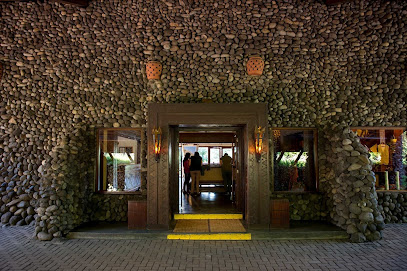
Simba Campsite A
21.7 km
Explore the natural beauty of Ngorongoro at Simba Campsite A, a serene camping destination perfect for wildlife enthusiasts and nature lovers.

Ngorongoro Wildlife
22.9 km
Experience the breathtaking beauty of Ngorongoro Wildlife Crater, a UNESCO World Heritage site teeming with wildlife and stunning landscapes.

Ngorongoro Kuhama Camp
22.9 km
Discover the breathtaking beauty of Ngorongoro Kuhama Camp, where wildlife encounters and cultural experiences await in Tanzania's majestic landscapes.

Ngorongoro Wild Camp
22.9 km
Discover the magic of Ngorongoro Wild Camp, where families connect with nature and enjoy unforgettable adventures in Tanzania's stunning Ngorongoro Crater.
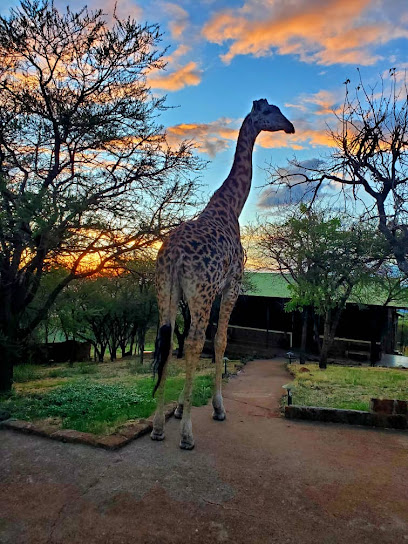
andBeyond Ngorongoro Crater Lodge
23.3 km
Discover luxury and adventure at andBeyond Ngorongoro Crater Lodge, where stunning views meet unparalleled wildlife experiences in Tanzania's iconic Ngorongoro Crater.
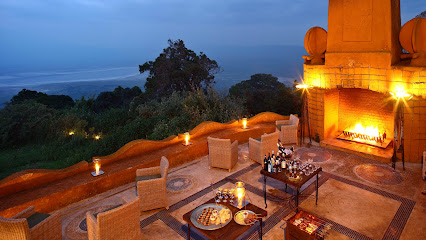
Ngorongoro Lodge member of Meliá Collection
24.6 km
Discover the perfect blend of luxury and nature at Ngorongoro Lodge, a gateway to the breathtaking wildlife and landscapes of Tanzania's iconic Ngorongoro Crater.

Ngorongoro Rhino Lodge
26.6 km
Discover Ngorongoro Rhino Lodge, your tranquil haven in the heart of the Ngorongoro Conservation Area, surrounded by breathtaking wildlife and stunning landscapes.
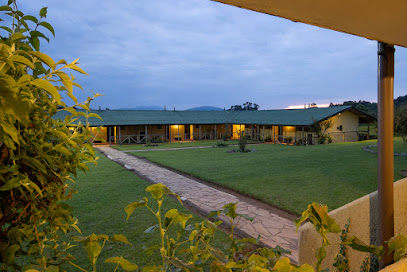
Lemala Ngorongoro Tented Camp
29.2 km
Immerse yourself in the breathtaking wilderness of Tanzania at Lemala Ngorongoro Tented Camp, where luxury meets nature in the heart of the Ngorongoro Crater.
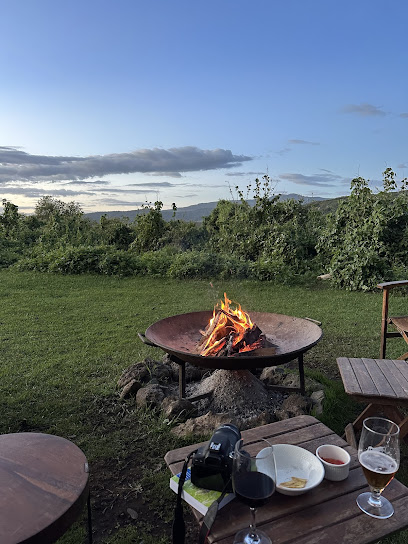
Ngorongoro Lions Paw by Karibu Camps & Lodges
31.8 km
Discover the tranquil beauty of Ngorongoro Lions Paw, a lodge that offers comfort and adventure in Africa's stunning natural wonder.
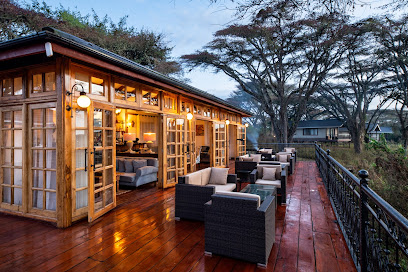
Sanctuary Ngorongoro Crater Camp Tanzania
32.0 km
Experience the magic of the Ngorongoro Crater at Sanctuary Ngorongoro Crater Camp, where luxury meets nature in Tanzania's breathtaking wilderness.

The Highlands, Ngorongoro
33.1 km
Discover the serene luxury of The Highlands, Ngorongoro, where nature meets adventure in Tanzania's breathtaking landscapes.
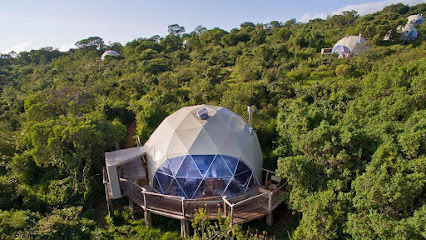
Crater Highlands
33.4 km
Discover the breathtaking landscapes and rich biodiversity of the Crater Highlands, a must-visit destination in Tanzania for nature lovers and adventure seekers.

Unmissable attractions to see
Ngorongoro Crater
3.4 km
Experience the breathtaking beauty and diverse wildlife of Ngorongoro Crater, a UNESCO World Heritage Site and a must-visit destination in Tanzania.
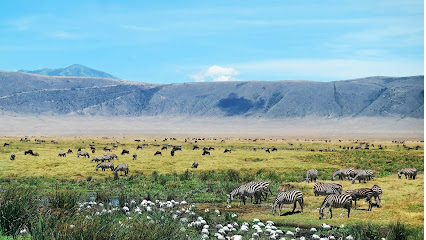
Olduvai Gorge Monument & Museum
3.8 km
Explore the Cradle of Mankind at Olduvai Gorge Monument & Museum, where history and breathtaking scenery intertwine.
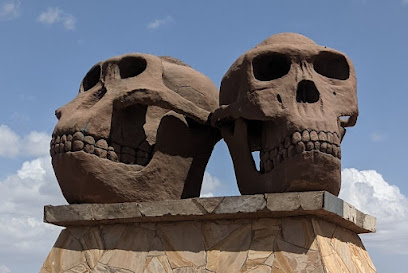
Olduvai Gorge Museum
8.4 km
Discover the rich history of humanity at the Olduvai Gorge Museum in Tanzania, where the past meets the stunning landscapes of the Ngorongoro Conservation Area.
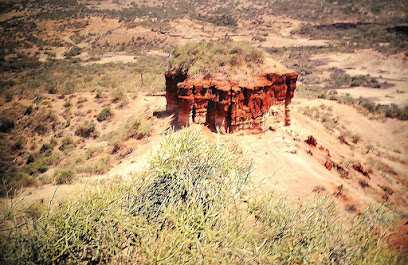
Leakey Camp Living Museum.
9.7 km
Explore the rich archaeological heritage of Tanzania at Leakey Camp Living Museum, where history comes alive through engaging exhibits and immersive experiences.
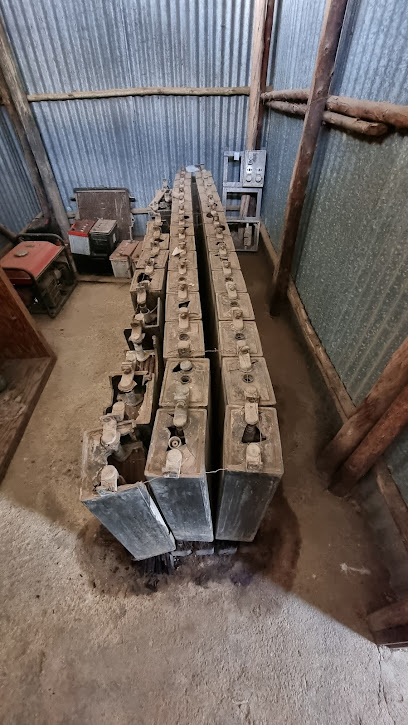
Massai Dorf
14.0 km
Experience the vibrant traditions of the Maasai people at the Massai Dorf, a unique cultural attraction in Tanzania's stunning Malanja Depression.
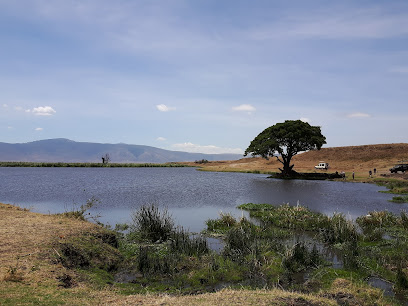
Ngorongoro Entrance Gate
14.5 km
Explore the stunning Ngorongoro Entrance Gate, the gateway to Tanzania's breathtaking Ngorongoro Crater, rich in wildlife and natural beauty.
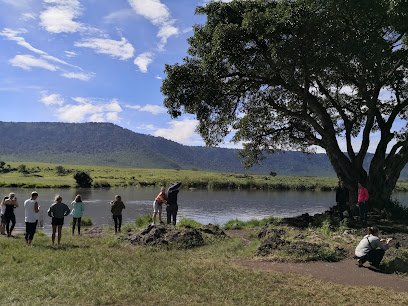
Nomad camping
15.5 km
Experience the beauty of nature at Nomad Camping in Malanja Depression, a tranquil escape for adventure seekers in Tanzania's breathtaking landscapes.
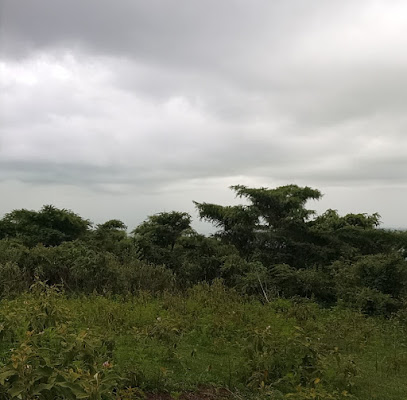
Magnetic Shifting Sands of Olduvai Gorge
16.1 km
Discover the Magnetic Shifting Sands of Olduvai Gorge, a UNESCO site showcasing the wonders of nature and the origins of humankind.

Picknic site
18.0 km
Experience the tranquil beauty of Picknic Site in Malanja Depression, a serene escape perfect for nature lovers and picnicking enthusiasts.
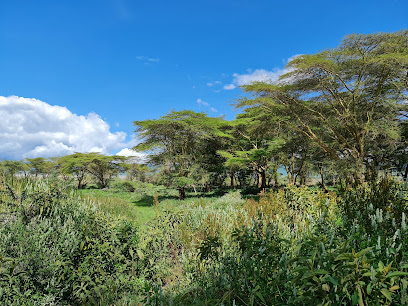
Project T Fountain
20.1 km
Experience tranquility at Project T Fountain, a beautiful park in Esirwa, Tanzania, perfect for relaxation and enjoying nature's beauty.
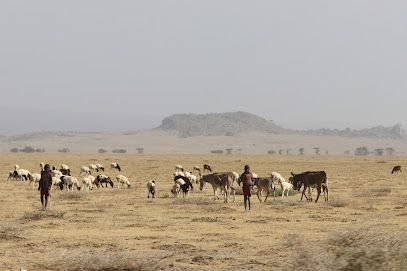
Ngorongoro crater national park
21.4 km
Discover the breathtaking landscapes and rich wildlife of Ngorongoro Crater National Park, a UNESCO World Heritage Site in Tanzania.
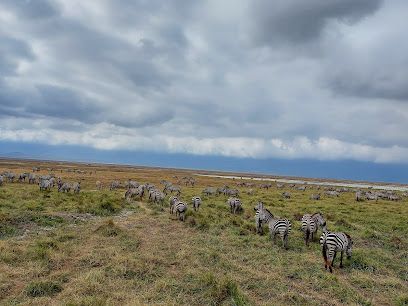
Mandusi Swamp
21.8 km
Explore the serene beauty of Mandusi Swamp in Mti Mmoja, Tanzania, a tranquil park brimming with wildlife and natural wonders.
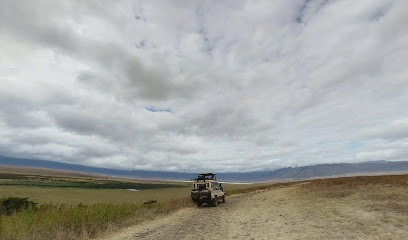
Lake Magadi
22.4 km
Experience the surreal beauty of Lake Magadi, a vibrant salt lake in Tanzania, teeming with wildlife and stunning landscapes.
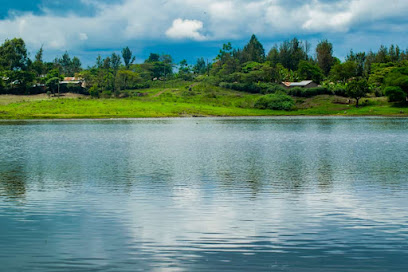
Lerai Forest NCA
22.8 km
Explore the lush landscapes and diverse wildlife of Lerai Forest NCA in Ngorongoro, a hidden gem for nature lovers and adventurous travelers.
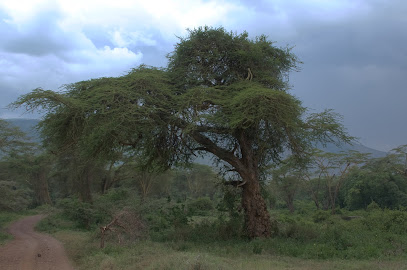
ngorongoro conservation area authority headquater
23.1 km
Experience the breathtaking landscapes and vibrant wildlife of Ngorongoro Conservation Area, a must-visit UNESCO World Heritage Site in Tanzania.
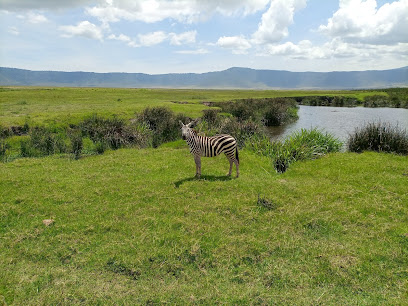
Essential places to dine
Ngorogoro Tortilis Camp
14.8 km
Discover luxury in nature at Ngorongoro Tortilis Camp - your gateway to Tanzania's breathtaking wildlife and scenic beauty.

The Retreat at Ngorongoro
41.3 km
Discover unparalleled luxury and stunning views at The Retreat at Ngorongoro—your gateway to Tanzania’s majestic landscapes.

Madiba Café & Restaurant
44.7 km
Discover authentic Tanzanian cuisine at Madiba Café & Restaurant in Karatu – where every meal tells a story.
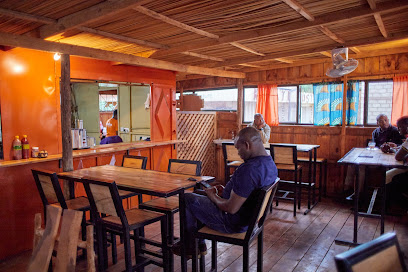
Food Lovers Karatu
44.9 km
Experience the authentic tastes of Tanzania at Food Lovers Karatu - where every meal tells a story.
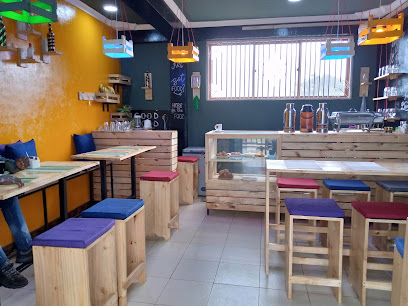
Lake Ndutu Luxury Tented Lodge
45.3 km
Discover the ultimate blend of luxury and adventure at Lake Ndutu Luxury Tented Lodge in Tanzania's stunning wilderness.

Ol Mesera Restaurant
58.0 km
Discover innovative Tanzanian cuisine at Ol Mesera Restaurant in Mto Wa Mbu – where tradition meets creativity.
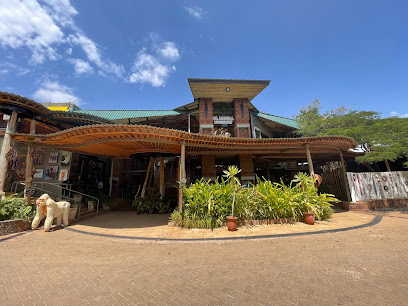
Heart & Soul Lodge Manyara
58.9 km
Discover tranquility and natural beauty at Heart & Soul Lodge Manyara - your perfect escape in Tanzania's breathtaking landscapes.

Manyara Best View Lodge
60.0 km
Discover tranquility and stunning vistas at Manyara Best View Lodge, your gateway to Tanzania's breathtaking landscapes and wildlife adventures.

Manyara Safari Lodge
61.1 km
Discover wildlife wonders and breathtaking views at Manyara Safari Lodge – your gateway to Tanzania's natural beauty.

Cafe La Aziz
62.8 km
Discover authentic Tanzanian flavors at Café La Aziz in Mto Wa Mbu – a vibrant restaurant offering delicious local cuisine in a welcoming atmosphere.
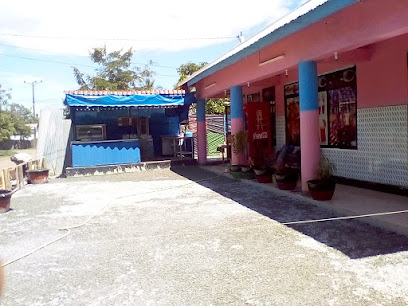
Cafe Kabisa
63.4 km
Discover Café Kabisa in Mto Wa Mbu - A perfect blend of local flavors and warm hospitality amidst stunning scenery.
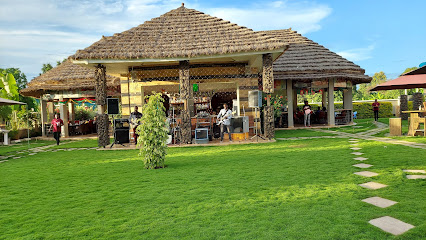
Taste Poa Cafe
63.5 km
Discover Taste Poa Cafe in Mto wa Mbu: A culinary haven blending local flavors with international favorites for every traveler.
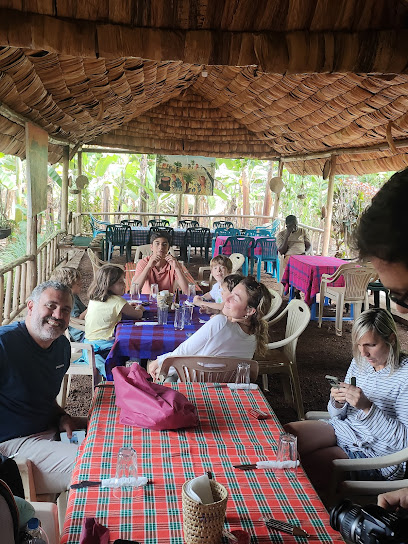
Lucy Chakula
64.0 km
Discover authentic Tanzanian cuisine at Lucy Chakula - where every meal tells a story of flavor and tradition.
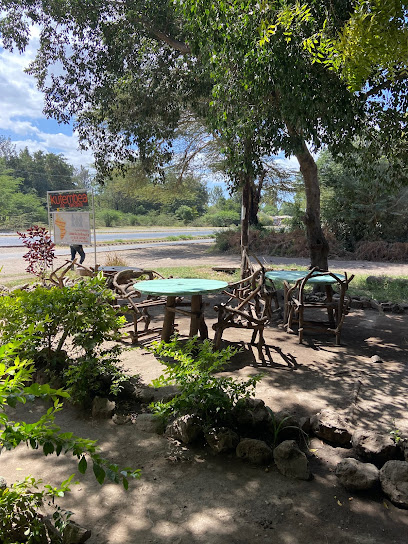
Jungle Pearl Resort
66.6 km
Experience luxury and tranquility at Jungle Pearl Resort - your perfect escape in Tanzania's breathtaking nature.

Lake Manyara picnic site
73.1 km
Experience serene picnicking amidst stunning landscapes and diverse wildlife at Lake Manyara Picnic Site in Tanzania.
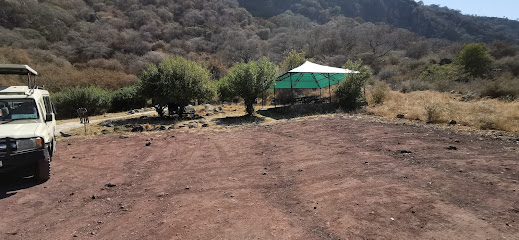
Markets, malls and hidden boutiques
The Tanzanite Experience - Ngorongoro Serena Safari Lodge
19.3 km
Discover the beauty of Tanzanite at The Tanzanite Experience, nestled in the breathtaking Ngorongoro Crater's serene landscapes.
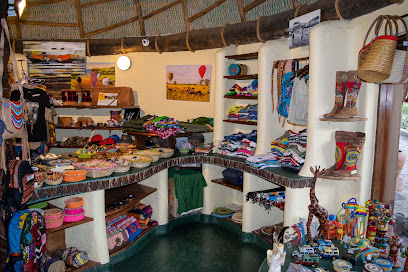
Simba camp site dining area
21.9 km
Discover the serene charm of Simba Camp Site Dining Area, where delightful coffee meets breathtaking nature in Tanzania.
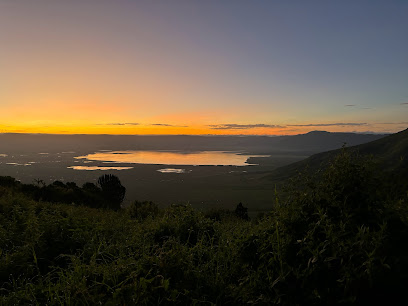
Olorukoti Boma
23.4 km
Explore Olorukoti Boma, a unique home goods store in Tanzania, showcasing handcrafted treasures that celebrate local culture and artistry.
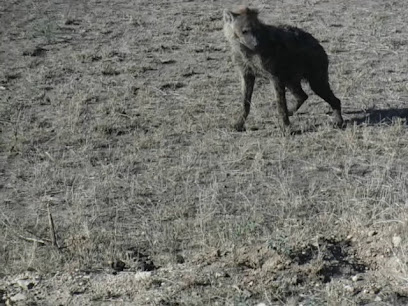
The Tanzanite Experience - The Manor at Ngorongoro
37.0 km
Explore the stunning world of Tanzanite gemstones at The Tanzanite Experience in Ngorongoro, where elegance meets nature's beauty.

HAKUNA MATAYA Gallery Shop
41.9 km
Explore HAKUNA MATAYA Gallery Shop in Karatu for authentic Tanzanian souvenirs and support local artisans with every purchase.
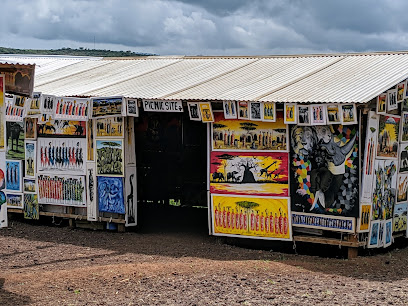
Tanzanite Coffee Cafe
43.3 km
Experience the essence of Tanzania at Tanzanite Coffee Cafe, where every cup of coffee tells a story of local heritage and flavor.

Madame's Store
44.4 km
Discover the local charm of Madame's Store in Karatu, where convenience meets culture with unique crafts and essentials.

Truddy's store
44.5 km
Explore Truddy's Store in Karatu for a delightful blend of local crafts, delicious cuisine, and an authentic Tanzanian shopping experience.

Martina stationary,Cakes point & Decorations
44.5 km
Explore Martina Stationary in Karatu for unique stationery, delicious cakes, and festive decorations, perfect for every creative celebration.

Megha Internet Cafe & Stationary
44.5 km
Experience the fusion of connectivity and local culture at Megha Internet Cafe & Stationary in Karatu, your go-to spot for stationery and high-speed internet.
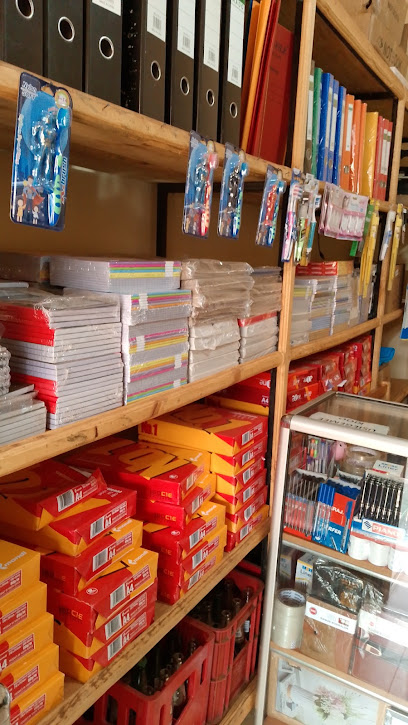
Samaki point karatu
44.5 km
Discover the freshest seafood at Samaki Point in Karatu, where quality meets local flavors in an unforgettable culinary experience.

Ambrose
44.5 km
Explore Ambrose, the ultimate destination for stylish and durable work clothing that meets all your professional needs.

Living Love Foundation
44.5 km
Explore the Living Love Foundation in Tanzania – a thrift store with a mission, offering unique finds and supporting community initiatives.

Bashay Lodge
44.6 km
Experience the serene beauty and adventure of Tanzania at Bashay Lodge, your perfect base for exploring the Serengeti and Ngorongoro Crater.

Neema Collections
44.6 km
Explore Neema Collections in Karatu for unique, handcrafted clothing and accessories that reflect the rich culture of Tanzania.
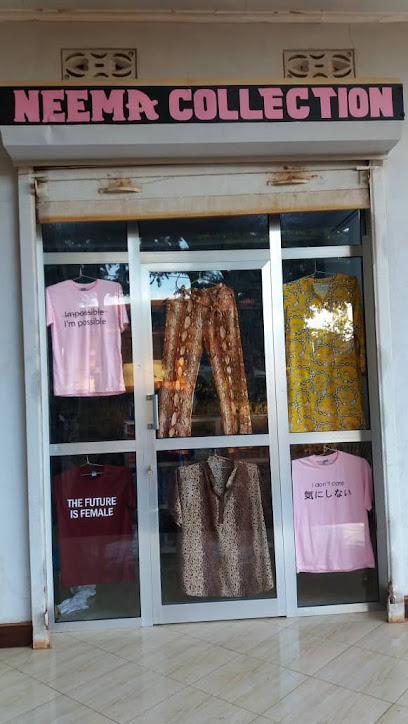
Essential bars & hidden hideouts
Pakulala Luxury Safari Camp
21.2 km
Experience the wild beauty of Tanzania at Pakulala Luxury Safari Camp, where luxury meets adventure in the Ngorongoro Conservation Area.

The Manor at Ngorongoro
39.0 km
Discover the elegance of The Manor at Ngorongoro, a luxurious hotel surrounded by Tanzania's breathtaking natural beauty and rich wildlife.
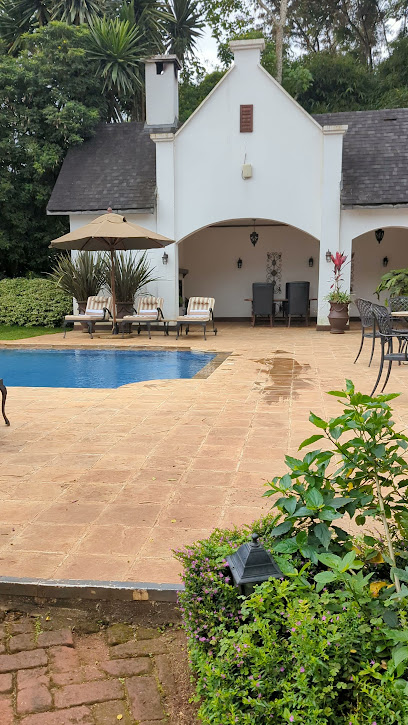
Crater Forest Tented Camp
43.2 km
Discover the perfect blend of comfort and wilderness at Crater Forest Tented Camp in Tanzania's breathtaking landscapes.

Karatu Green Park
43.9 km
Discover relaxation and local charm at Karatu Green Park, a vibrant bar in the heart of Tanzania's scenic Karatu region.
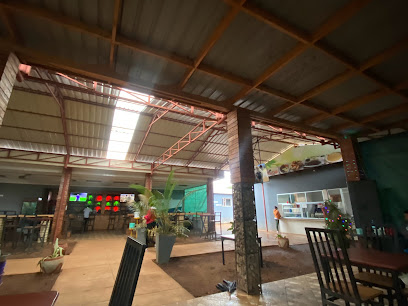
Redstone karatu
44.4 km
Discover the heart of Arusha at Redstone Karatu, where vibrant culture meets culinary delight in a lively lounge atmosphere.
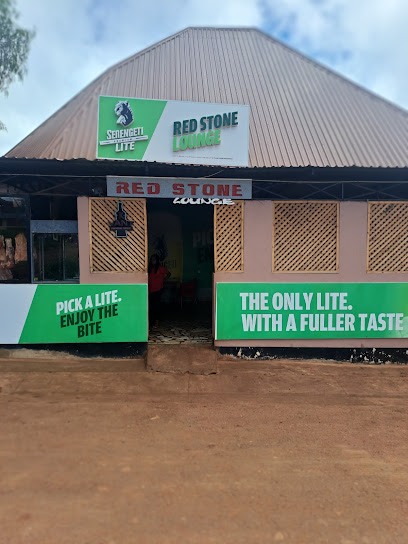
Golden Sparrow Lounge Karatu
44.6 km
Experience the taste of Tanzania at Golden Sparrow Lounge in Karatu, where local flavors meet international flair in a welcoming atmosphere.
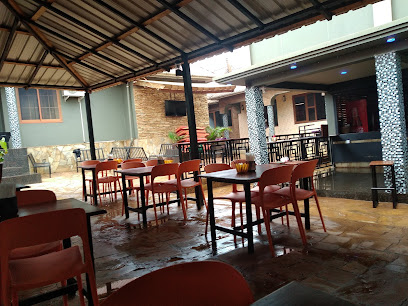
Africa Safari South Serengeti Ndutu
44.8 km
Discover the enchanting wildlife and stunning landscapes at Africa Safari South Serengeti Ndutu, your gateway to the heart of the Serengeti.

Waah pub
44.8 km
Discover the lively Waah Pub in Karatu, where great drinks, local cuisine, and a vibrant atmosphere await every visitor.

Marula Bar Karatu
44.9 km
Discover the lively atmosphere of Marula Bar in Karatu, where refreshing drinks and local vibes come together for an unforgettable experience.
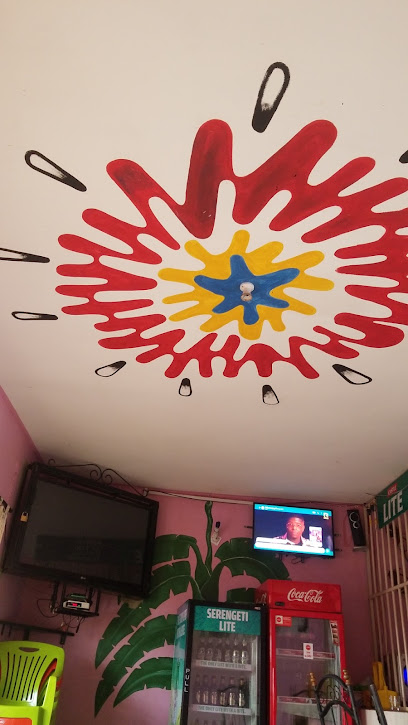
KARATU REST HOUSE
45.0 km
Discover the charm of Karatu at Karatu Rest House, your perfect lounge retreat in Tanzania's breathtaking landscapes.

Lilac Oasis
47.1 km
Experience the culinary excellence of Lilac Oasis in Karatu, where grilled delicacies meet local flavors in a warm and inviting atmosphere.
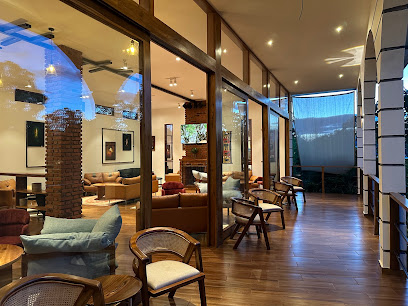
Double M Bar
62.5 km
Discover the vibrant atmosphere of Double M Bar in Mto Wa Mbu, where friendly faces and refreshing drinks await every traveler.
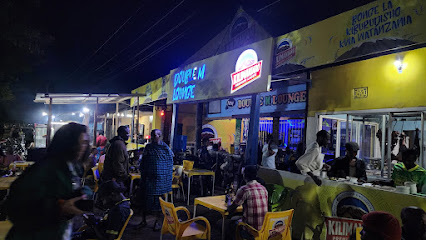
Jack's Pub Mto Wa Mbu
62.7 km
Jack's Pub in Mto Wa Mbu: Enjoy refreshing drinks in a lively atmosphere while experiencing local culture in Tanzania.
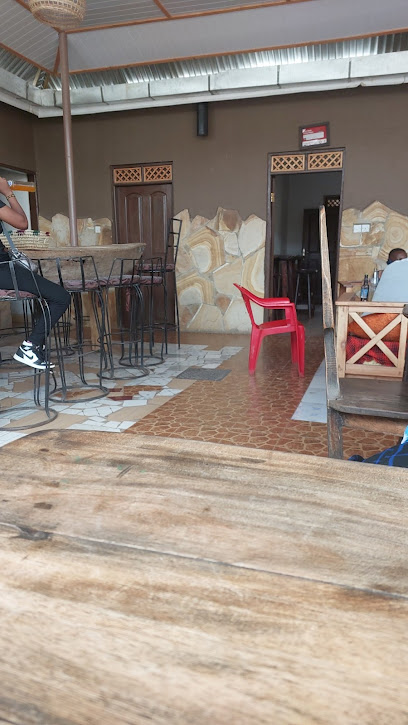
C and G Pub
62.8 km
Experience the vibrant nightlife and local culture at C and G Pub in Mto Wa Mbu, Tanzania, the perfect spot for relaxation and socializing.
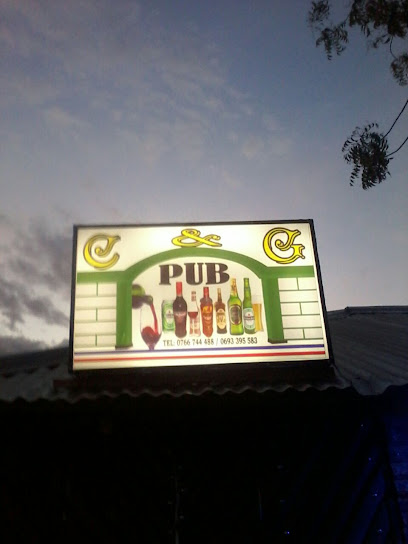
SAFARI PARK
62.9 km
Discover the thrill of wildlife encounters and local culture at Safari Park in Mto Wa Mbu, a must-visit destination for every traveler.
